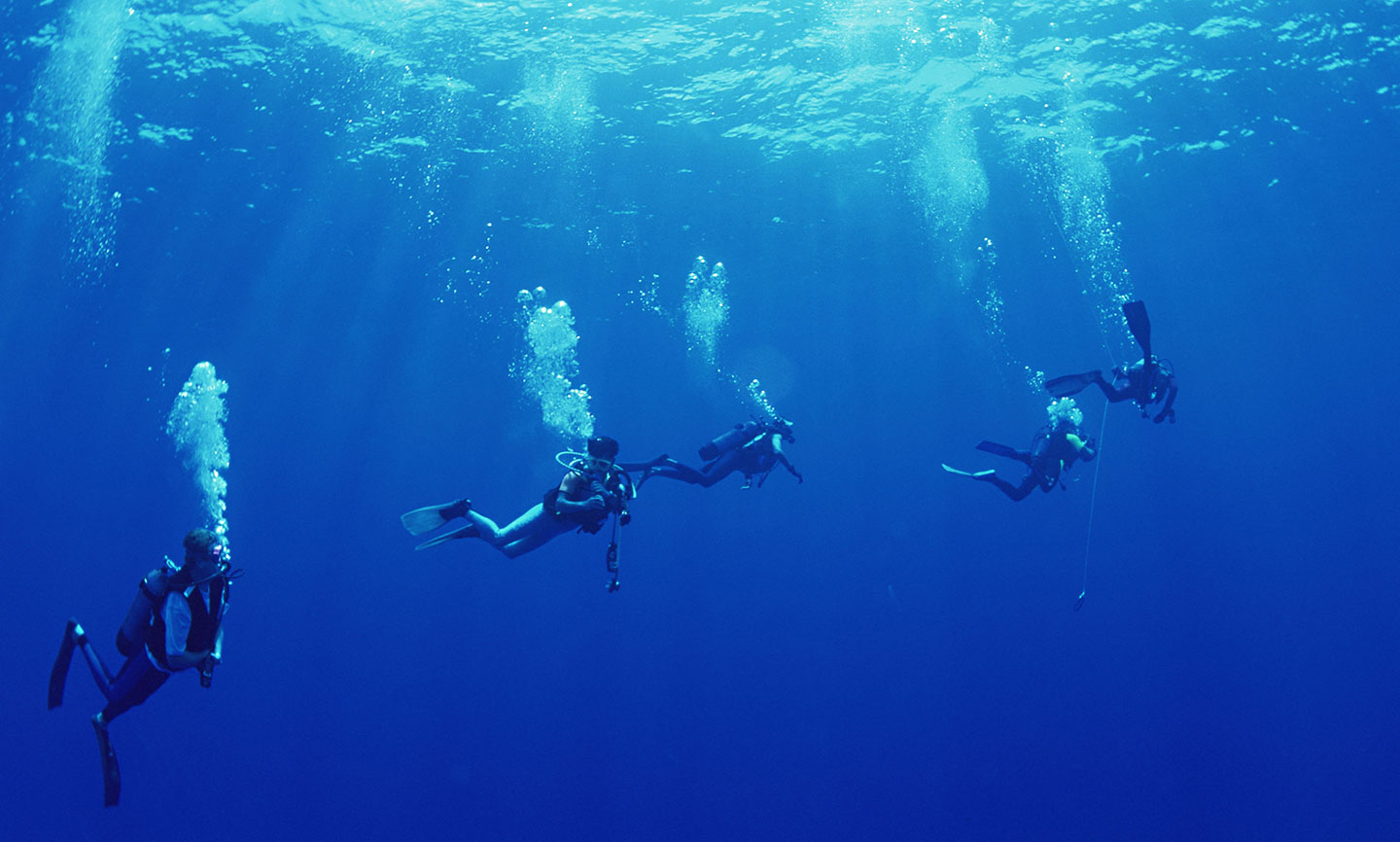Diving Watches Key Differences From Regular Watches
Diving watches are more than just timepieces—they’re specialized tools designed to withstand extreme underwater conditions while delivering critical functionality. Unlike regular watches, which prioritize aesthetics or basic water resistance, diving watches are engineered to meet rigorous standards, making them essential for divers and water sports enthusiasts. Here’s a detailed breakdown of their unique features and why they stand out:
1. Unmatched Water Resistance
The core distinction lies in waterproof performance. Regular watches often claim 30–50 meters of water resistance, suitable for handwashing or rain but inadequate for submersion . In contrast, diving watches must meet ISO 6425 or EN 13319 standards, requiring a minimum of 100 meters (10 ATM) and often exceeding 300 meters (30 ATM) . For example, professional models like the Omega Seamaster 300M or Rolex Submariner are rated for 300 meters, while technical dive watches can reach 1,000 meters or more .
To achieve this, diving watches feature:
- Screw-down crowns with rubber gaskets to prevent water ingress .
- Screw-down case backs and sapphire crystal glass, which is highly resistant to pressure and scratches .
- Helium escape valves (on high-end models) to release gas buildup during decompression, a critical safety feature for saturation diving .
2. Durable Materials Built for the Deep
Diving watches prioritize durability over style. Common materials include:
- Stainless steel (e.g., 316L) for corrosion resistance in saltwater .
- Titanium (e.g., Omega’s T2) for lightweight strength, ideal for prolonged wear .
- Ceramic for scratch-resistant bezels and cases (e.g., Rolex’s Cerachrom) .
In contrast, regular watches often use aluminum, plastic, or less robust alloys, which degrade faster in marine environments .

3. Functional Design for Underwater Clarity
Every aspect of a diving watch is optimized for visibility and precision:
- Unidirectional rotating bezel: Allows divers to track elapsed time (e.g., oxygen tank duration) with a 60-minute scale. The anti-clockwise design prevents accidental overestimation of remaining time .
- Large, luminous markers: Hands and indices coated with Super-LumiNova or Chromalight (Rolex’s blue-emitting material) ensure readability in total darkness . Some models, like Doxa’s SUB 300, even feature full lume dials for maximum clarity .
- High-contrast color schemes: Black or blue dials with bold white or orange accents enhance visibility underwater .
Regular watches lack these specialized features, relying on basic lume or no lume at all .
4. Advanced Diving-Specific Features
Diving watches integrate tools that cater to safety and performance:
- Depth gauges and decompression timers (e.g., Garmin Descent Mk2S) for tracking dive profiles .
- Water resistance testing: Each watch undergoes rigorous trials, including 50-hour submersion tests and temperature fluctuations (40°C to 5°C) to simulate real-world conditions .
- ISO 6425 certification: Ensures compliance with standards like anti-magnetic resistance (4,800 A/m) and impact resistance (3 kg hammer strikes) .
5. Purpose-Built for All Conditions
Diving watches are versatile companions:
- Daily wear: Their rugged design suits outdoor activities like hiking or surfing .
- Extreme environments: Tested against MIL-STD-810H standards for shock, vibration, and salt fog resistance .
- Longevity: Quality diving watches, like the Tudor Pelagos, retain value due to their timeless design and reliability .
6. Maintenance and Care
To maintain peak performance:
- Replace rubber gaskets every 2–3 years to preserve waterproof integrity .
- Avoid chemicals (e.g., sunscreen, chlorine) and extreme temperatures .
- Rinse with freshwater after saltwater use to prevent corrosion .
Why Choose a Diving Watch?
Whether you’re a professional diver or an adventure enthusiast, a diving watch offers reliability and safety unmatched by regular watches. Brands like Tudor, Omega, and Garmin combine cutting-edge technology with elegant design, ensuring your watch performs flawlessly both underwater and on land .

 Home
Home Gezfeel
Gezfeel May 28 2025
May 28 2025



 Address: Room 405, Building A, Qianhai Zhichuang Technology Industrial Park, No.60 Nanchang Road, Nanchang Community, Xixiang Street, Baoan District, Shenzhen, China
Address: Room 405, Building A, Qianhai Zhichuang Technology Industrial Park, No.60 Nanchang Road, Nanchang Community, Xixiang Street, Baoan District, Shenzhen, China

